Our perception of luxury and the notional value of luxury goods are changing. In an increasingly digital society, intangible assets are gaining relevance and importance. New experiential worlds can be explored in the metaverse, digital art is traded on NFT marketplaces, fictional likes and social media metrics are perceived as value, and virtual products no longer require physical utility.
Mercedes aims to always be one step ahead. This should also apply to the area of virtual mobility. Mercedes must take up the unoccupied space in order to give it meaning and identity. What will the movement of the future look like? We will move between the analog and digital worlds. The car of the future is the catalyst that catapults us into virtual worlds. These journeys - whether analog or digital - begin in the interior of the car.

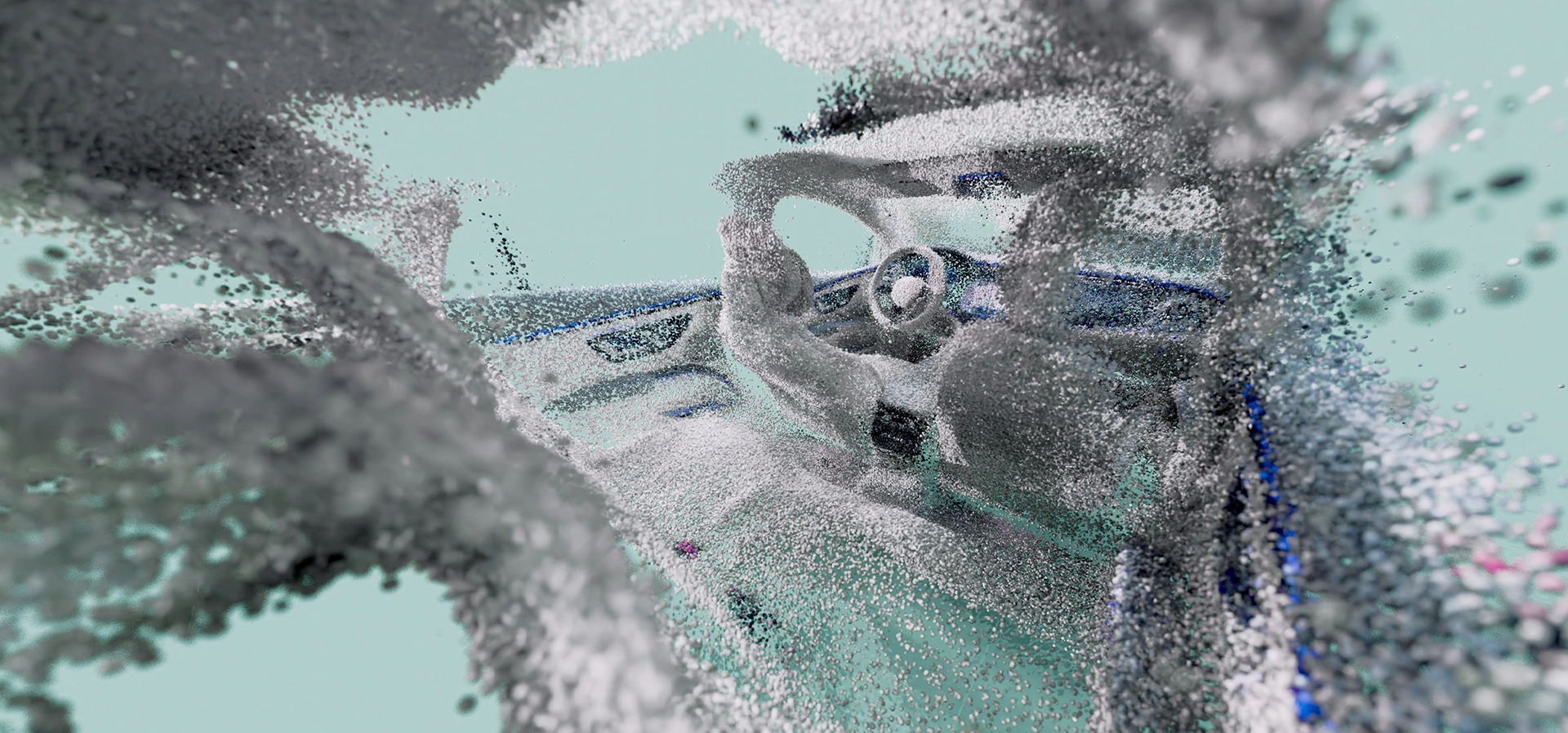
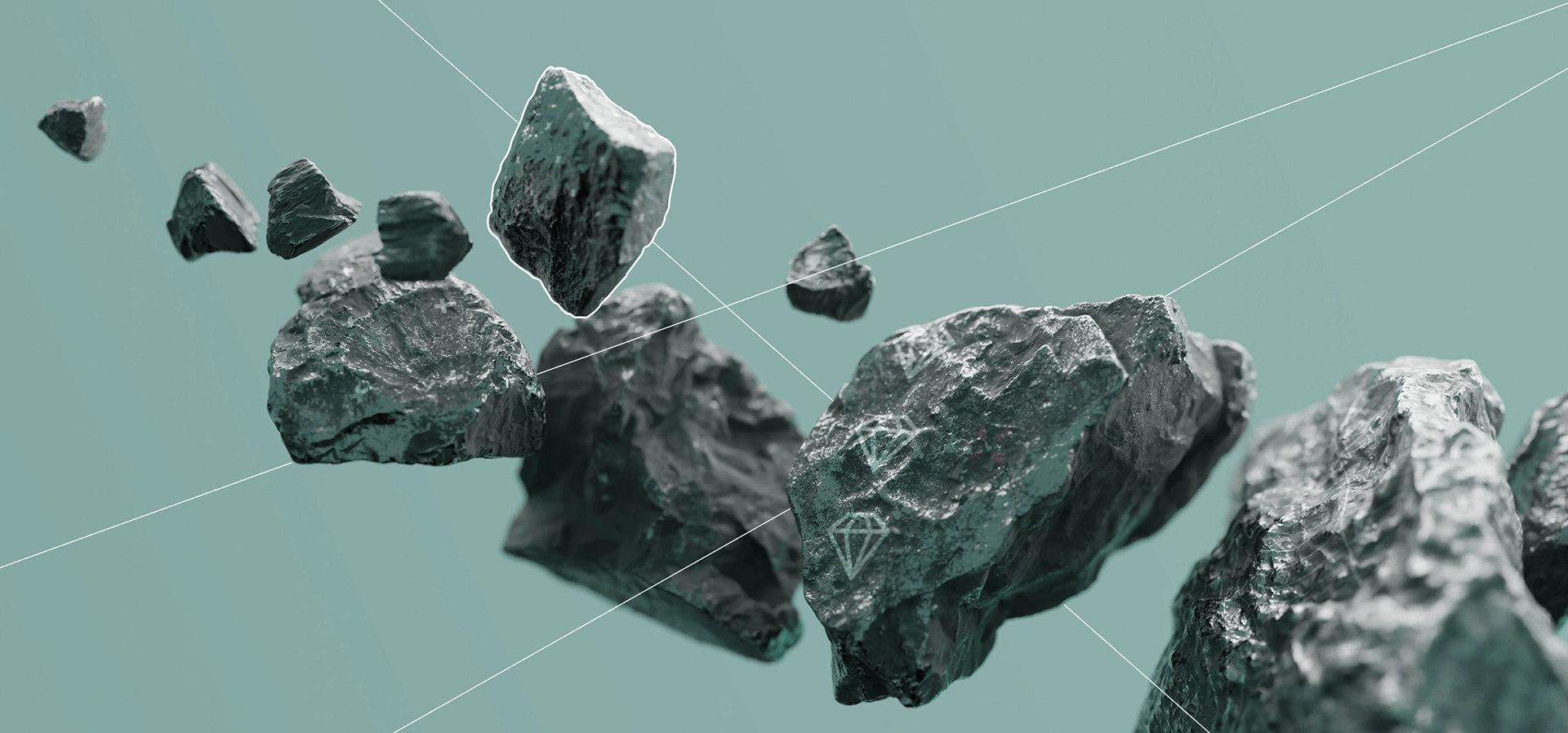

The range of moods and situations that we can create with the available technology is enormous. Use cases are therefore as diverse as the travelers who traverse these worlds. In order to do justice to this diversity and to be able to use all conceivable spaces, Mercedes must open up its vehicle interior to collaborations with a wide range of disciplines.

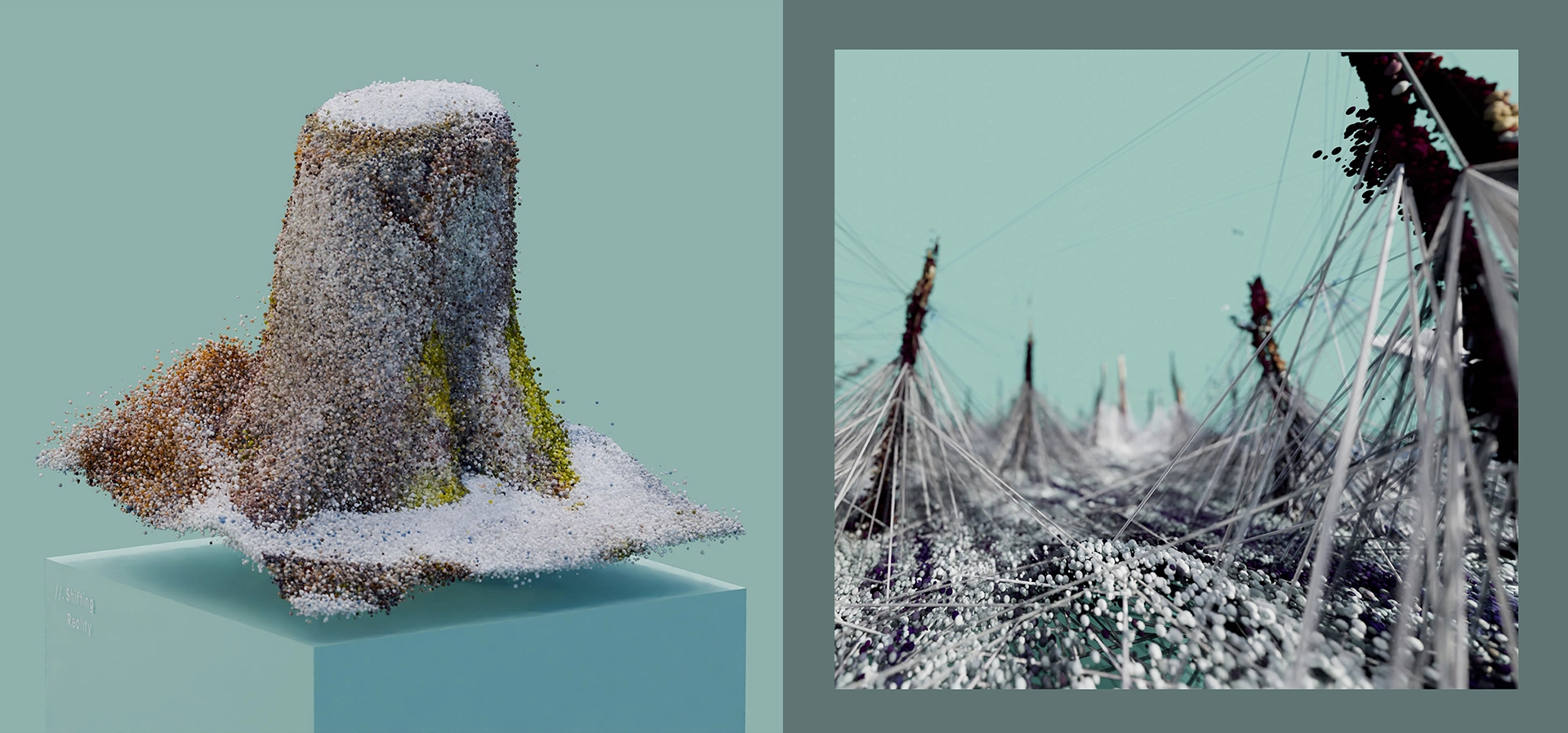
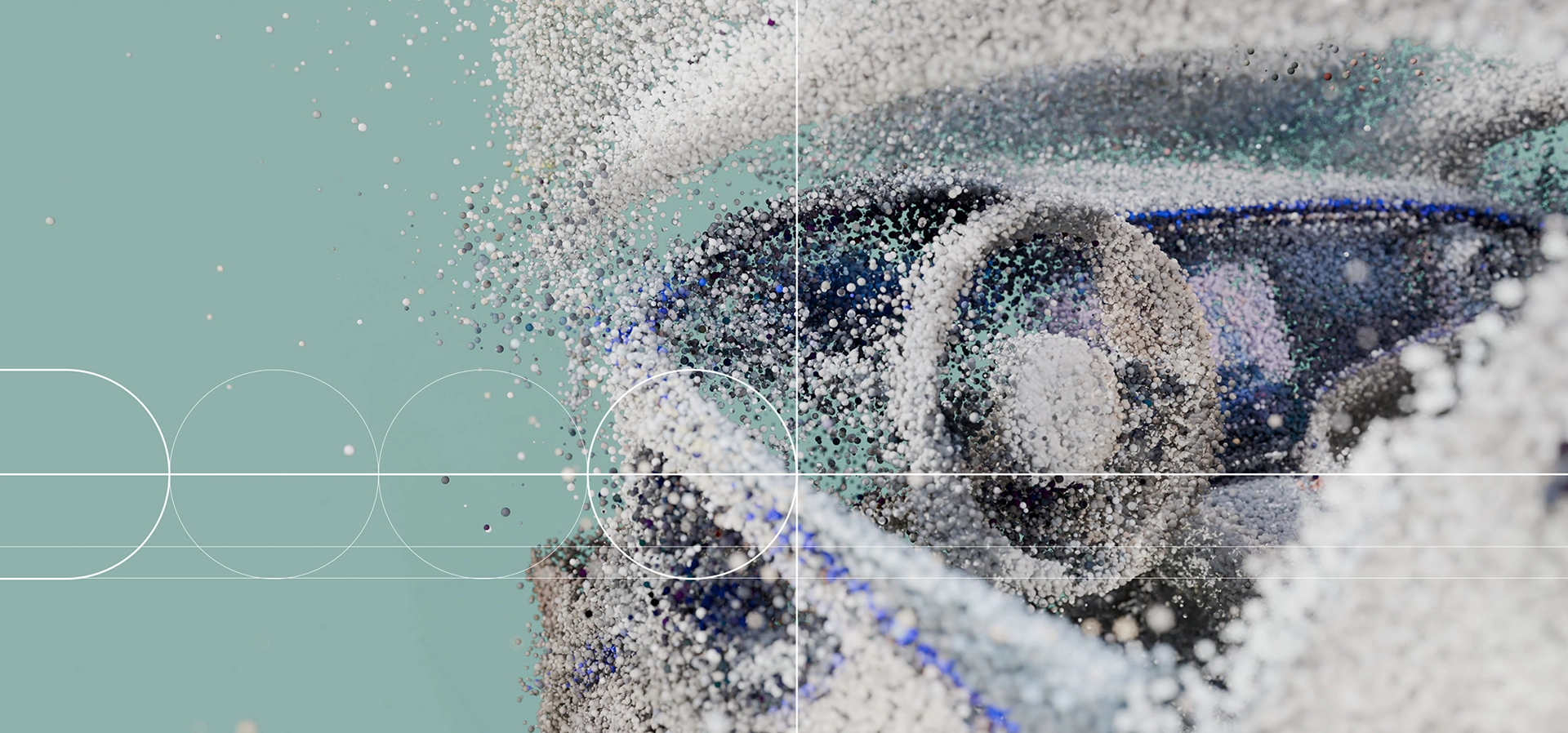
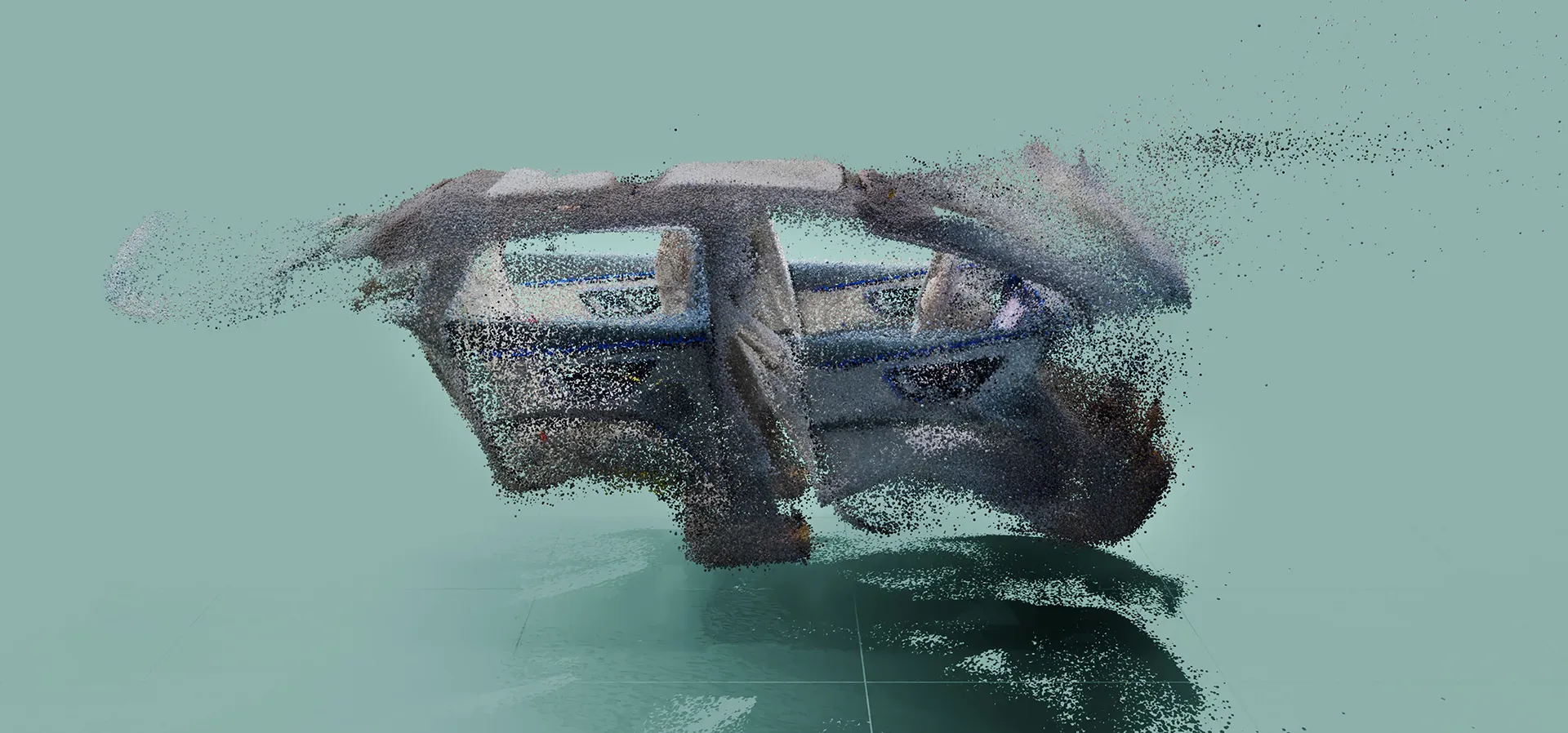
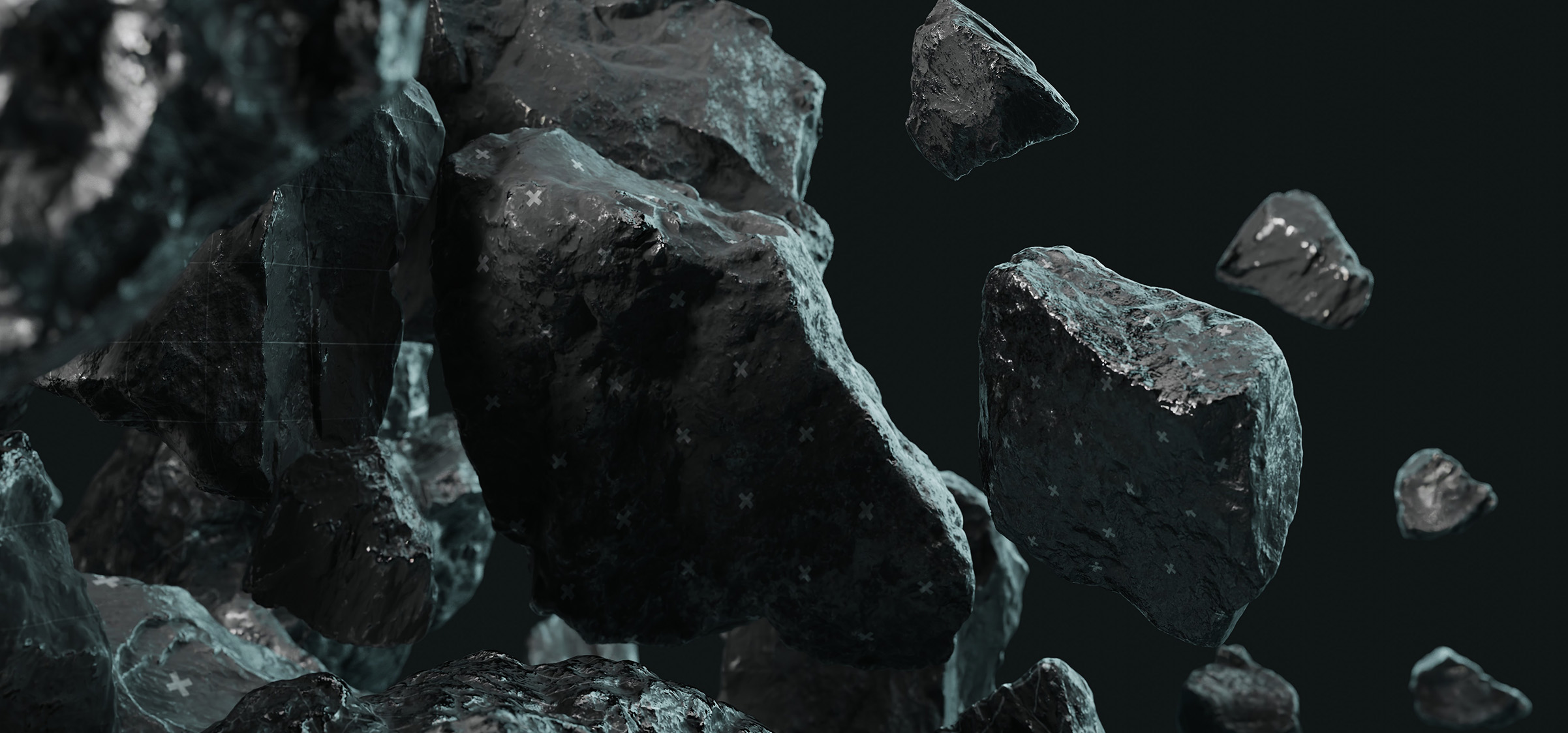
Process
BEHIND THE SCENES


The immersive power of VR is not just visual—it is deeply multisensory. To truly recreate luxury in a virtual world, brands are blending spatial 3D design with advanced sound design, haptics, and material simulations to deliver a more authentic, engaging experience. This multisensory approach adds depth to the luxury experience in virtual spaces, making users feel fully enveloped in their digital surroundings.
Spatial 3D design builds the architectural framework of these luxury fealing. It allows for the meticulous crafting of spaces that mirror locations. Using cutting-edge 3D rendering, we can manipulate lighting, textures, and the layout to evoke grandeur, elegance, and exclusivity. The flow of space, and the harmony between color and material are carefully designed to replicate the sophistication, to influence the user's feeling.
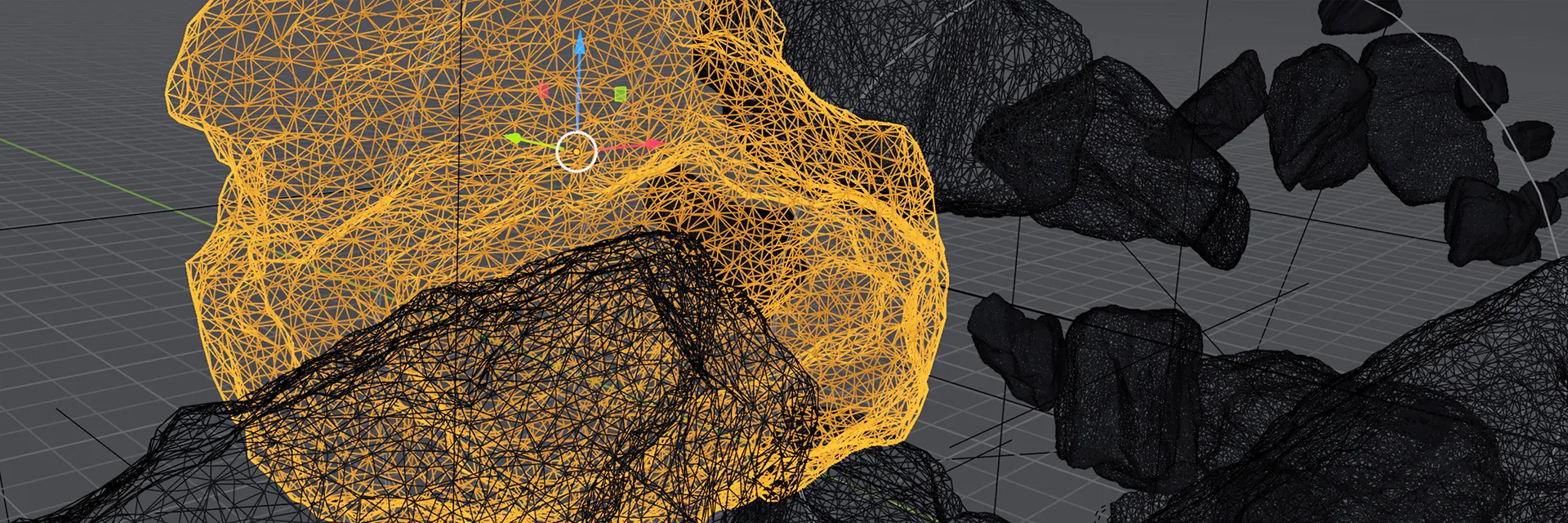
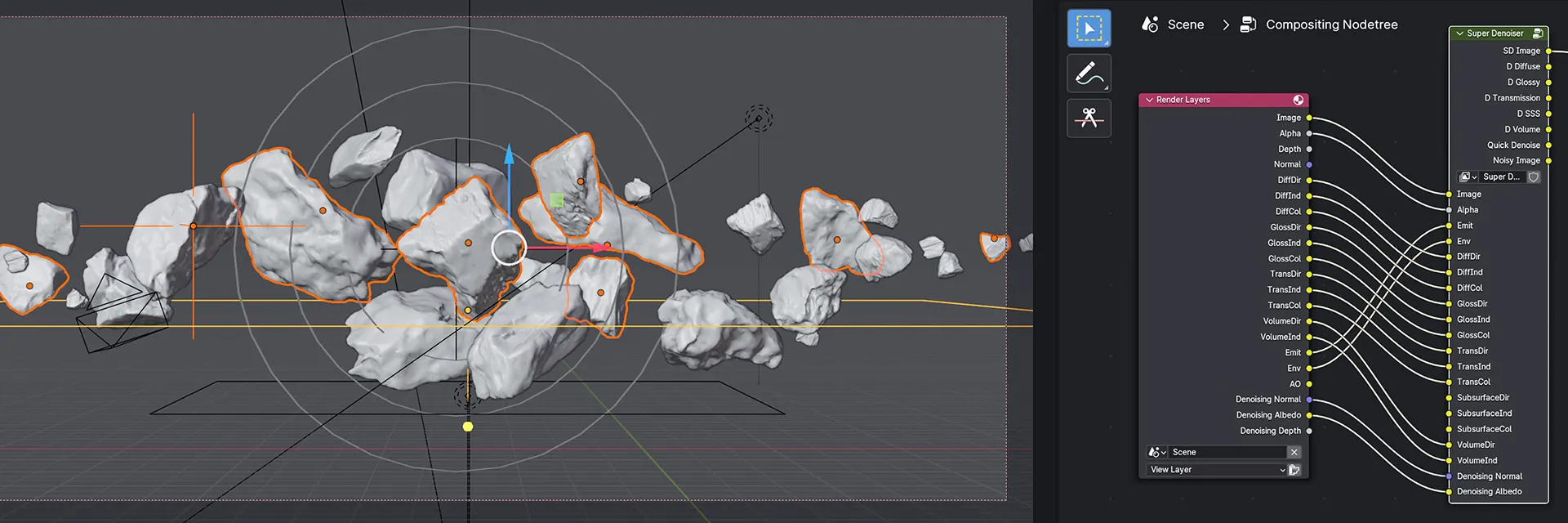

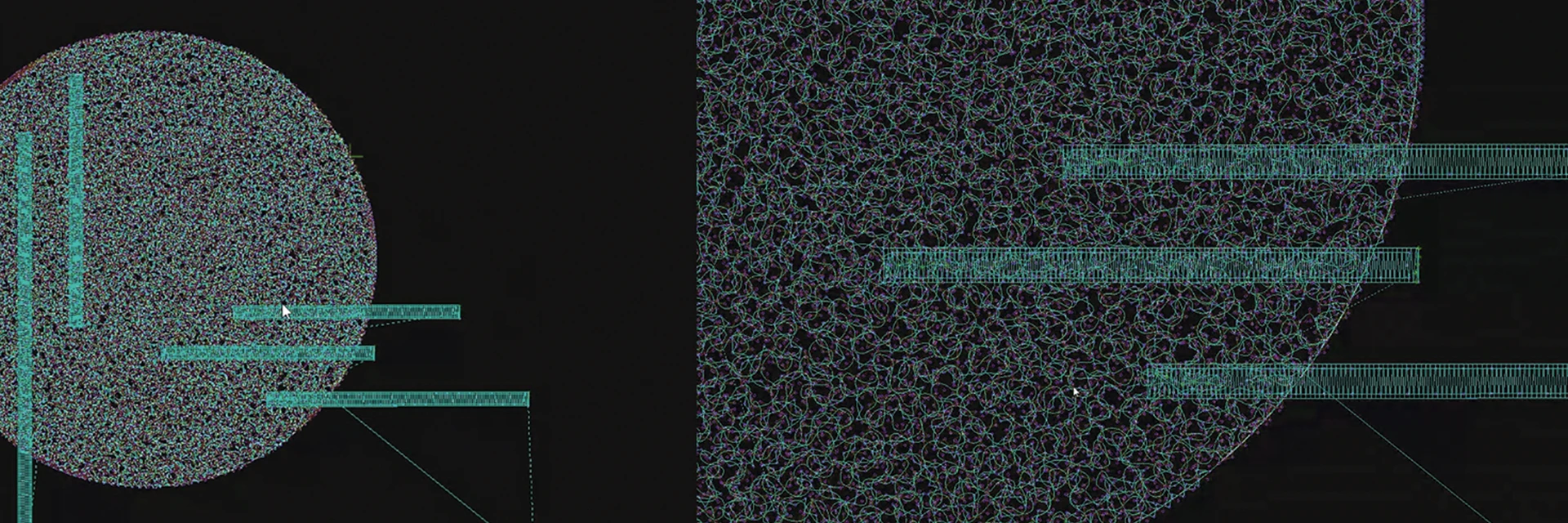

Technology as Solution?
Virtual reality (VR) is revolutionizing how we experience the world, especially in the realm of luxury. Traditionally, luxury has been associated with tangible experiences—physical goods, lavish trips, and exclusive services. However, the rise of digital luxury, where high-end experiences and products are curated within virtual spaces, is pushing the boundaries of this concept. VR is at the forefront of this transformation, offering immersive and interactive environments that provide users with an unparalleled sense of opulence without leaving their homes.
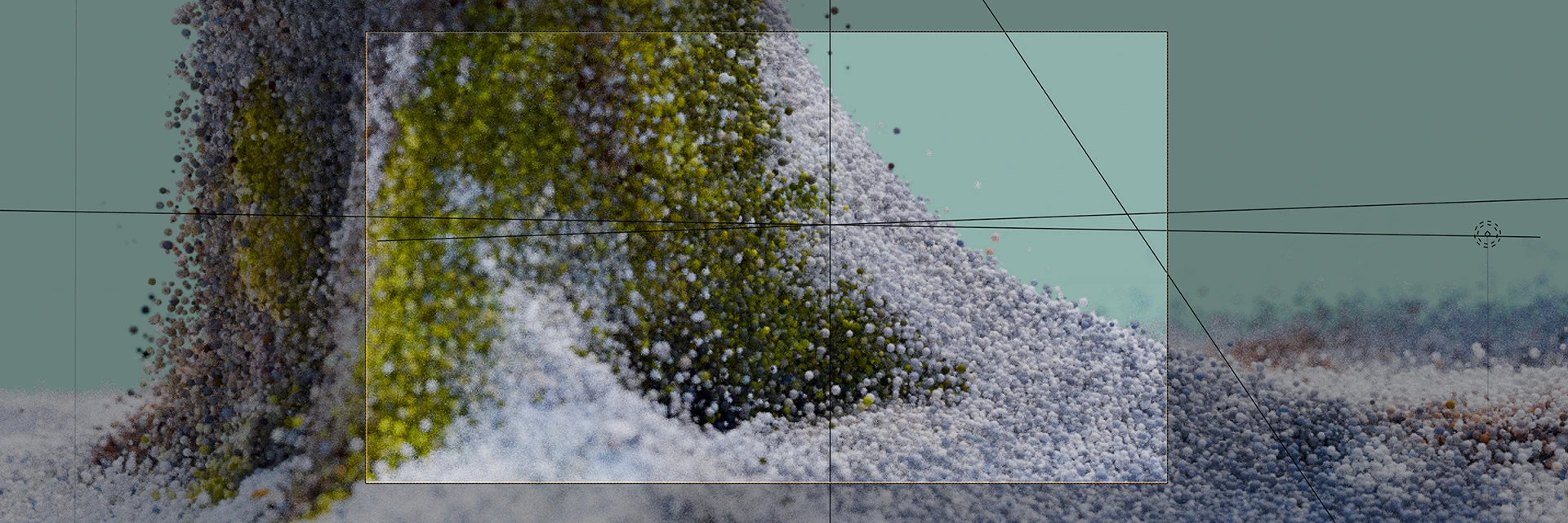


Exhibition
MOCK-UP
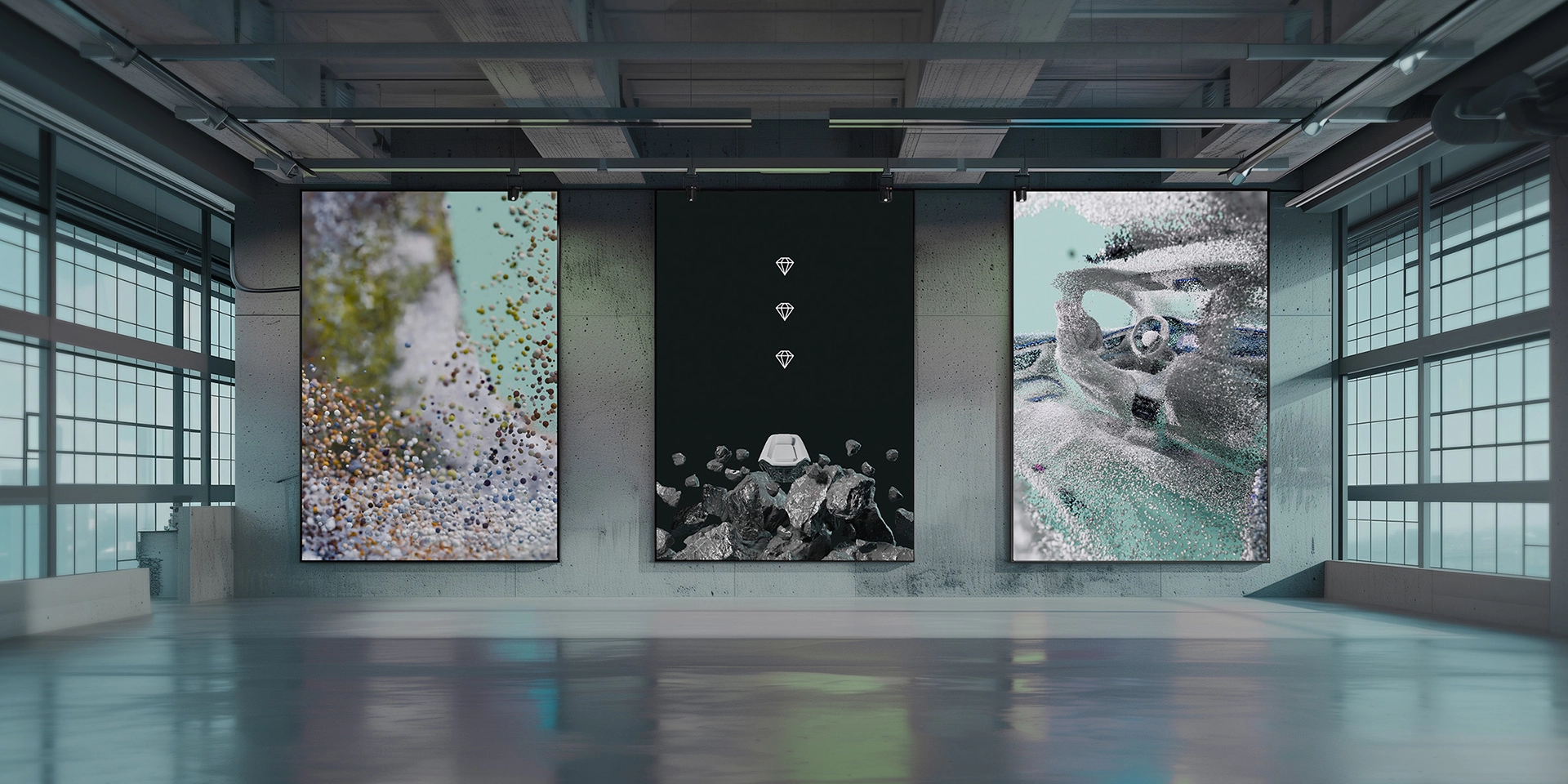

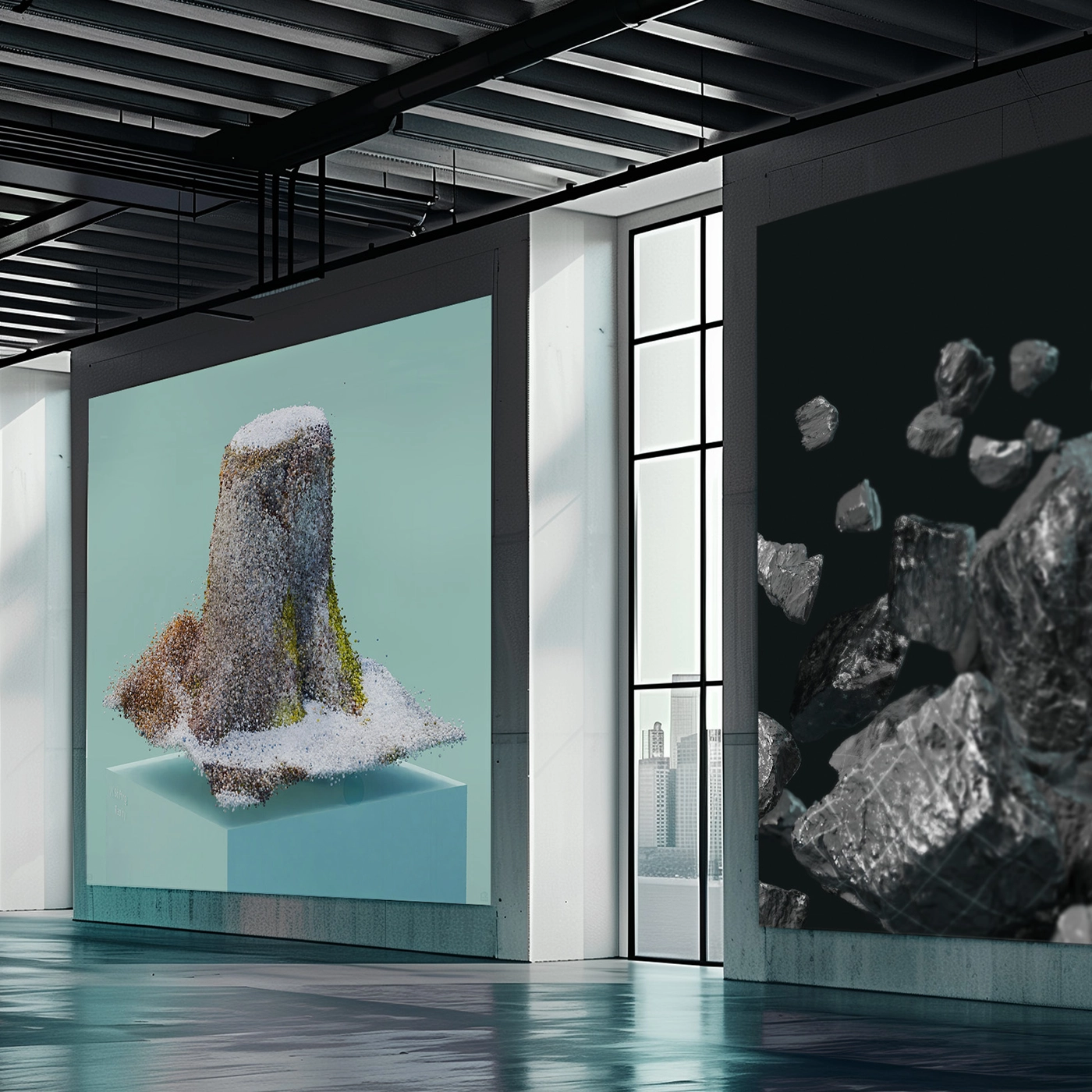
Special Thanks
We would like to express our heartfelt gratitude to Mercedes-Benz Stuttgart for facilitating this collaboration with the Pforzheim University of Art and Design. Their valuable feedback, vehicles, and insightful discussions have been integral to this project. A special thanks also goes to Charlotte Masur for her unwavering support and inspiring lectures on multidisciplinary design.
Tools
Cinema 4D, Blender, Photoshop
Our perception of luxury and the notional value of luxury goods are changing. In an increasingly digital society, intangible assets are gaining relevance and importance. New experiential worlds can be explored in the metaverse, digital art is traded on NFT marketplaces, fictional likes and social media metrics are perceived as value, and virtual products no longer require physical utility.
Mercedes aims to always be one step ahead. This should also apply to the area of virtual mobility. Mercedes must take up the unoccupied space in order to give it meaning and identity. What will the movement of the future look like? We will move between the analog and digital worlds. The car of the future is the catalyst that catapults us into virtual worlds. These journeys - whether analog or digital - begin in the interior of the car.




The range of moods and situations that we can create with the available technology is enormous. Use cases are therefore as diverse as the travelers who traverse these worlds. In order to do justice to this diversity and to be able to use all conceivable spaces, Mercedes must open up its vehicle interior to collaborations with a wide range of disciplines.





Our perception of luxury and the notional value of luxury goods are changing. In an increasingly digital society, intangible assets are gaining relevance and importance. New experiential worlds can be explored in the metaverse, digital art is traded on NFT marketplaces, fictional likes and social media metrics are perceived as value, and virtual products no longer require physical utility.
Mercedes aims to always be one step ahead. This should also apply to the area of virtual mobility. Mercedes must take up the unoccupied space in order to give it meaning and identity. What will the movement of the future look like? We will move between the analog and digital worlds. The car of the future is the catalyst that catapults us into virtual worlds. These journeys - whether analog or digital - begin in the interior of the car.




The range of moods and situations that we can create with the available technology is enormous. Use cases are therefore as diverse as the travelers who traverse these worlds. In order to do justice to this diversity and to be able to use all conceivable spaces, Mercedes must open up its vehicle interior to collaborations with a wide range of disciplines.




